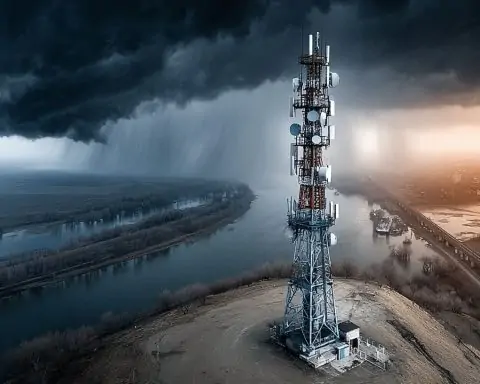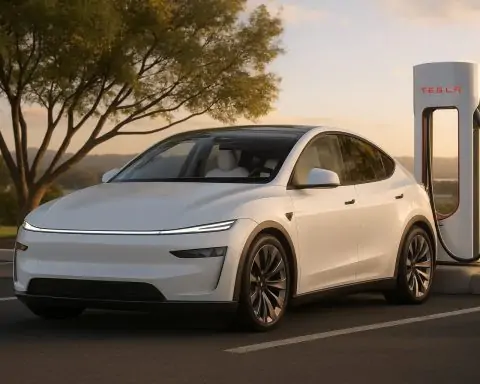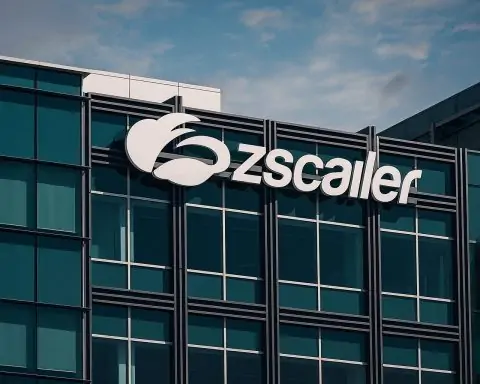
Moon in December 2025: Waning Crescent Tonight, New Moon Date, Geminids Peak, and NASA’s Latest Lunar Push
December 14, 2025 is shaping up as one of the most “Moon-centric” nights of the month—not because the Moon is bright and dominating the sky, but because it isn’t. With the Moon now a waning crescent and shrinking toward the New Moon on December 19,










